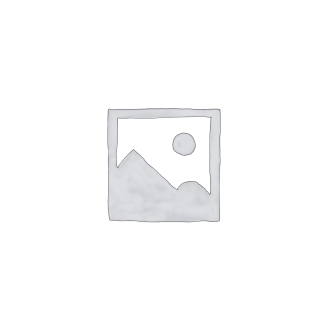MERCURIALE, Girolamo
BATHING AND WINE CURES
Praelectiones Pisanae.
Venice, Apud Juntas, 1597.£1,450.00
FIRST EDITION. Folio. pp. (xvi) 208, 56 (iv), 11 [i]. Roman letter, commentary double column. T-p with contemp. autograph, ‘Octaviani Gallepini J[uris]. C[onsultus].(?) ex. nob[ilitate]. Forol[iviensis].(?).’ Contemp. annotations to final part possibly in the same hand. Oilstain to head of gutter, diminishing, light waterstain to lower right corner of first four ll., slight loss to fore edge of upper wrapper and first few quires. Small wormtrack to blank outer margin from P. Occasional spot, stain or light foxing, mostly marginal, a good copy in original limp vellum, soiled.
First edition of Italian physician Girolamo Mercuriale’s (1530-1606) Pisan lectures delivered while he was professor of medicine at the university, for which he was paid the record annual salary of 2000 crowns by Ferdinando I de’ Medici, Grand Duke of Tuscany. The lectures are commentaries on the Epidemics or case notes of Hippocrates and are followed by Mercuriale’s works on the Generation of Man, the Pisan baths, and on Wine and Water, the latter delivered while Mercuriale was professor of medicine at Bologna.
Hippocrates’ case notes, from his four books called the Epidemics, are brief, entertaining, and sometimes disturbing accounts of diseases and epidemics that he observed. These run through the course of the illness of the patient day by day, until death or recovery. The 42 case histories here, on which Mercuriale provides details for each day of the disease, are from the first book of Epidemics and describe cases of fevers. The first, for instance, describes the six-day course of a fever, at the end of which the patient dies. These are followed by Mercuriale’s brief commentary on the introduction to Hippocrates’ fourth book, on equinoxes.
Mercuriale’s interesting work on human generation is an investigation of reproduction following the Aristotelian model, with discussion of the material qualities of menstrual fluid and semen, and posits several seemingly ridiculous propositions: whether semen becomes poisonous to the body if not excreted; whether menstrual blood is truly excremental or not; whether maimed or mutilated parents pass their wounds onto their children, and whether these wounds are visible in the foetus; and whether the testicles are necessary for conception, which includes a discussion of whether having large or heavy testicles is useful.
The work on the ancient Pisan baths and the healing qualities of their thermal springs contains the claim that syphilis could be cured or at least ameliorated by bathing in the waters, rejecting a common belief that thermal waters were actively harmful to sufferers. Mercuriale also discusses the waters of the Arno and the benefits of bathing there, advising the reader on how to do so. The final section, which is annotated, is on water and wine. The owner of this copy, likely also the annotator, seems to note that he is from a noble family of Forli, which is where Mercuriale was from (as stated on the title-page). Possibly this was the owner’s only motivation for buying the book, which might also explain the very localised annotations to this brief final section, which all concern the question of whether wine is nutritious, toxic, fattening, etc.
Not in Simon or Oberlé. NLM 3107. Heirs of Hippocrates 227. Not in Osler or Wellcome. BM STC, p. 329. Adams M 1333. USTC 842205. EDIT16 CNCE 34142.

